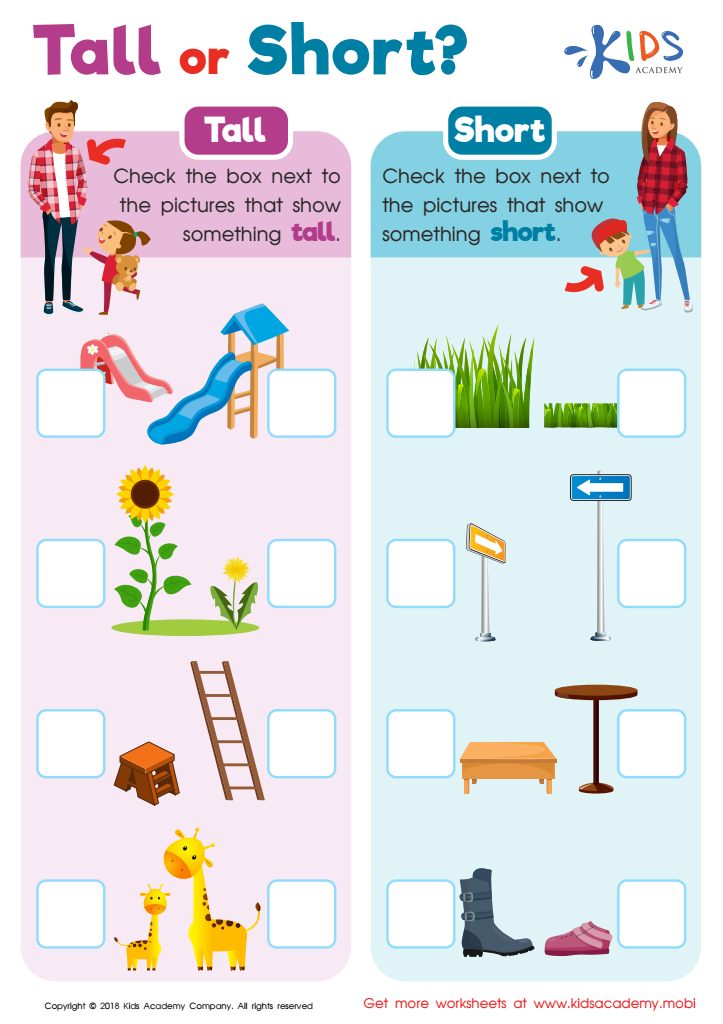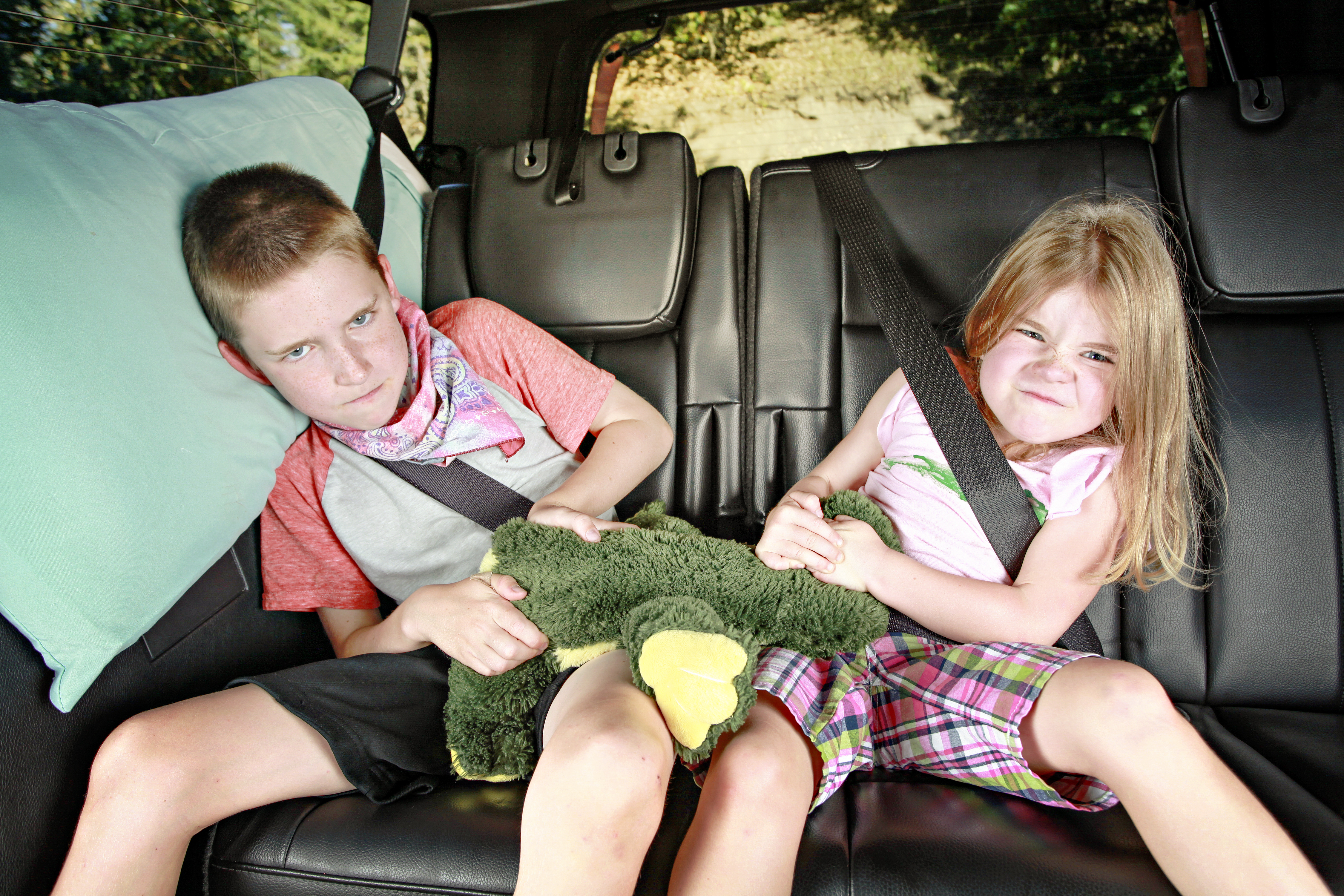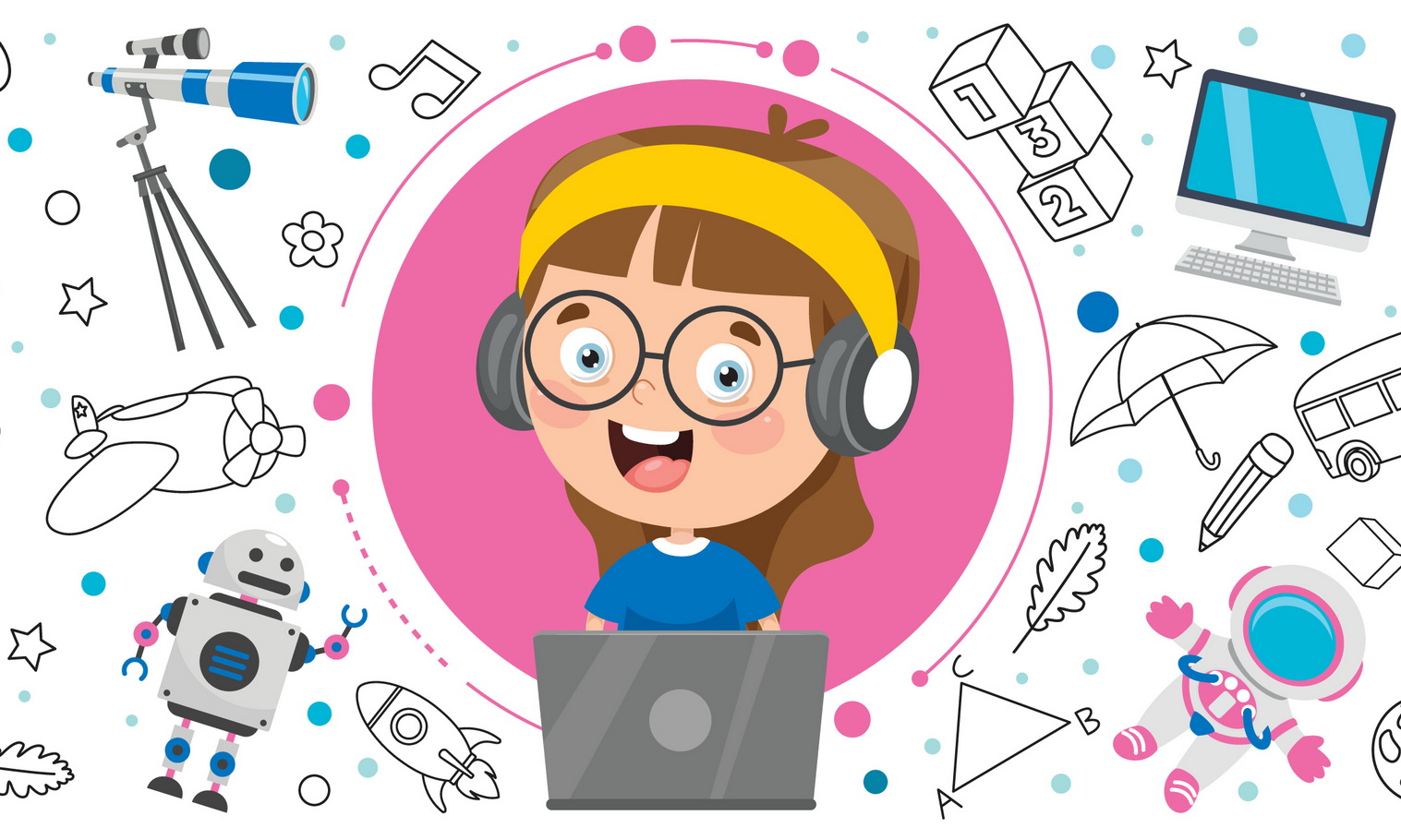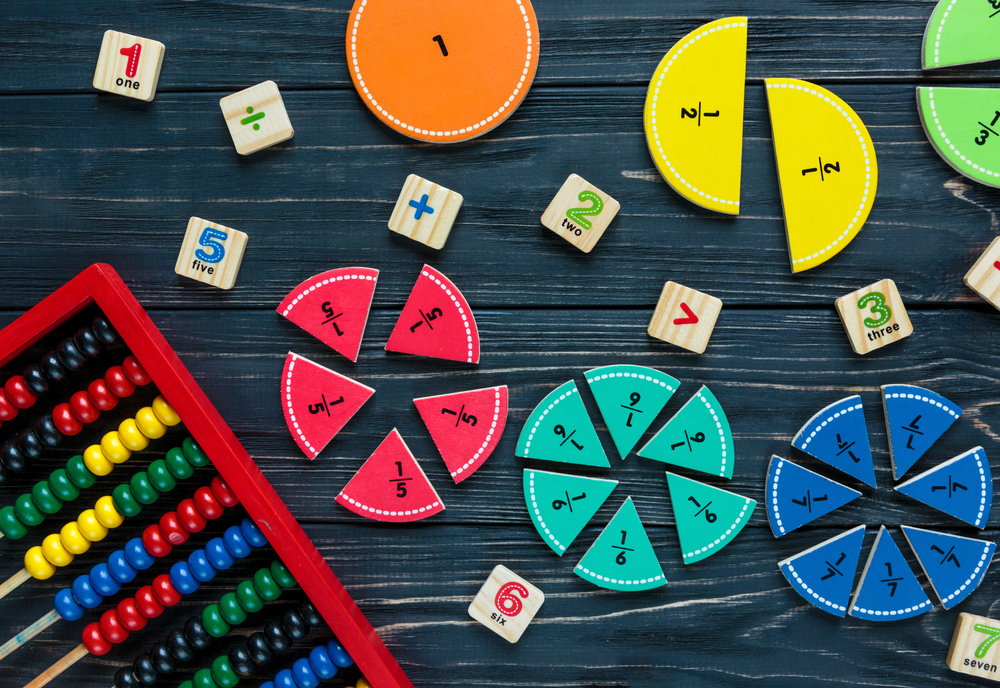Comparing heights Worksheets for Ages 5-9
3 filtered results
-
From - To
Discover our engaging "Comparing Heights Worksheets" designed for children ages 5-9! These fun and educational activities help young learners develop essential measurement skills. Through vibrant visuals and hands-on exercises, students will explore the concept of height, comparing various objects and characters. Our worksheets encourage critical thinking and enhance understanding of relative size, making learning both enjoyable and interactive. Perfect for classroom use or at-home learning, these resources align with early education standards, ensuring a solid foundation in math concepts. Help your child build confidence in measurement skills today with our thoughtfully created worksheets! Explore now and elevate their learning experience!


Which is the Tallest? Worksheet


Zoo Height Contest Worksheet


Tall or Short? Worksheet
Comparing heights in children aged 5 to 9 is an important aspect of growth monitoring that offers valuable insights into their overall health and development. During this critical stage, children experience significant physical growth; understanding how their height compares to peers can help identify potential health concerns early on.
Firstly, tracking height relative to age can reveal patterns that may indicate nutritional deficiencies or growth disorders, prompting timely intervention. Parents and teachers can gain insights into a child's well-being, ensuring proper nutrition and adequate activity levels to support healthy growth.
Secondly, height comparisons provide social and emotional benefits. Children in this age group are quite aware of their physical appearance and often compare themselves to others. Regular discussions about diversity in growth and development can foster a positive body image, helping children accept their unique growth patterns and minimize feelings of inadequacy.
Additionally, these comparisons can enhance classroom activities and learning experiences. Height-based activities can encourage inclusivity and capture children's interest while promoting teamwork and cooperation. Through collaborative exercises, children can learn about the importance of differences and the scientific concepts surrounding growth, creating a more supportive and aware learning environment.
 Assign to My Students
Assign to My Students








.jpg)












